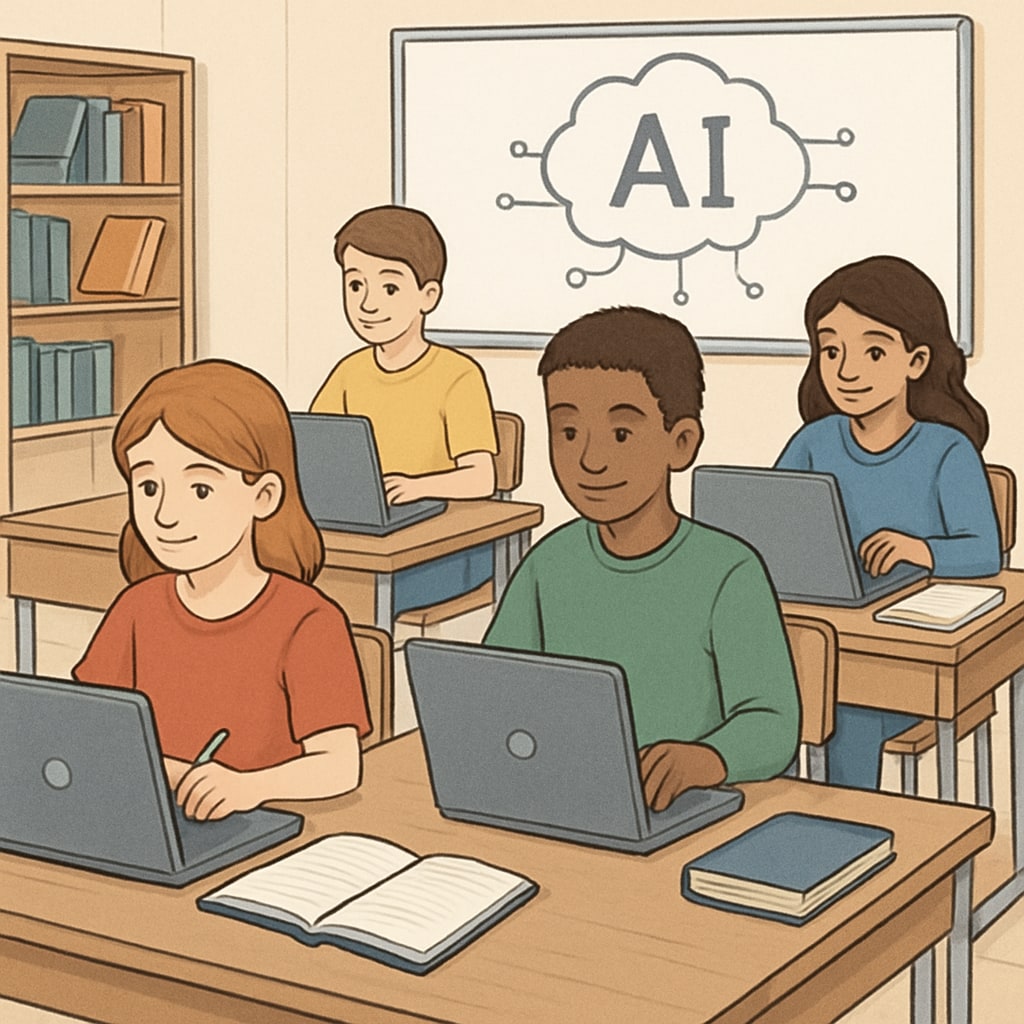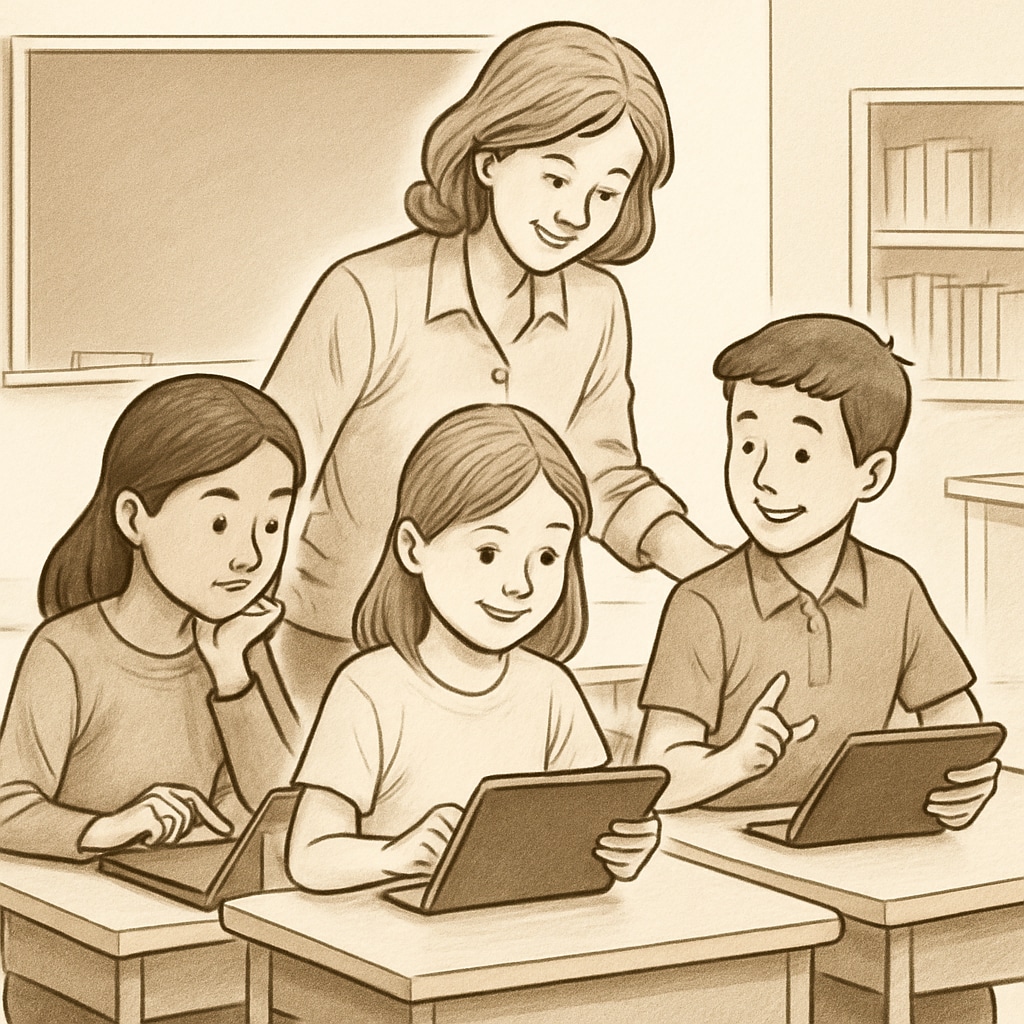In today’s digital era, fostering media literacy and critical thinking among students is more important than ever. Educators teaching grades 9-12 can leverage innovative tools, such as AI writing prompts, to enhance their teaching resources and empower students to better understand, analyze, and create media content. By integrating AI into education, students gain not only technical skills but also the ability to evaluate information critically, which is vital for navigating the complexities of modern media landscapes.

How AI Writing Prompts Enhance Media Literacy
Media literacy is the ability to access, analyze, evaluate, and create media in various forms. AI writing prompts can play a transformative role in this process by presenting students with scenarios that encourage them to think critically and creatively. For example, students might be tasked with analyzing the credibility of a news article or drafting a persuasive piece based on factual data.
In addition to promoting critical thinking, AI tools can help students explore diverse perspectives. For example, role-based AI writing prompts allow students to write from the viewpoint of a journalist, a content creator, or even a policymaker. This immersive learning approach enables students to understand media production processes and the responsibilities of those who create content.
Free Role-Based AI Writing Resources for Educators
For educators seeking innovative teaching aids, free role-based AI writing resources offer a practical solution. These tools provide structured, engaging prompts designed to stimulate critical thinking and creativity among students. Educators can use these resources to tailor lessons to meet specific learning objectives, such as evaluating bias, understanding audience engagement, or creating ethical media content.
- Role-Based Scenarios: Assign prompts that challenge students to write as journalists, scientists, or marketers, helping them grasp different perspectives.
- Bias Analysis Activities: Use AI to generate articles with varying tones and biases, allowing students to practice identifying and analyzing media bias.
- Creative Storytelling: Encourage students to craft narratives that incorporate real-world data and ethical storytelling principles.

Preparing Students for the Digital Age
As a result of integrating AI tools into classrooms, students develop essential skills for the digital age. They learn to question the reliability of sources, understand the influence of media on public opinion, and create content responsibly. Furthermore, AI prompts can help students build confidence in their writing abilities by offering instant feedback and suggestions for improvement.
Educators can also benefit from these tools by saving time in lesson planning and grading. AI platforms often include features that allow teachers to monitor progress, identify gaps in learning, and adjust teaching strategies accordingly.
Conclusion: The Future of AI in Education
AI writing prompts, media literacy, and teaching resources are reshaping the education landscape, offering endless opportunities for engaging and impactful learning experiences. By incorporating these tools into classrooms, educators can empower students to become informed, critical thinkers who understand the power of media in shaping society. As technology continues to evolve, the potential for AI in education will only grow, making it an indispensable part of modern teaching methodologies.
Learn more about media literacy on Wikipedia and explore media literacy concepts on Britannica.


